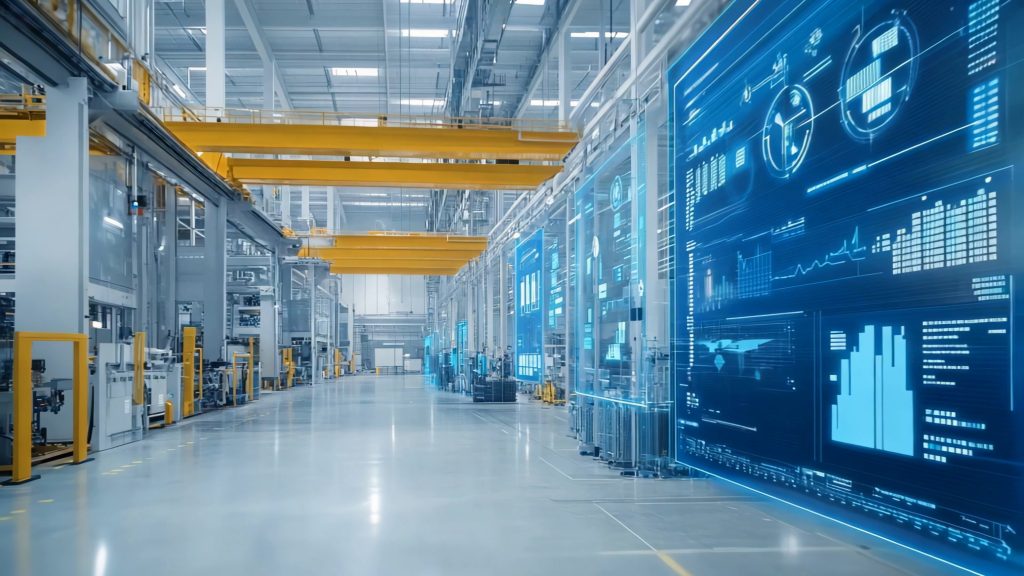Over the past three years battery strategy has overtaken styling, power, even autonomy as the defining badge of an EV brand. Chemistries are splintering. Nickel-rich cells for performance, iron-phosphate for value, and sourcing has become a geopolitical chessboard. A quick tour of seven front-rank manufacturers shows how varied the playbook has become.
Tesla
Tesla pioneered the nickel-rich 2170 cylindrical and is now scaling its in-house 4680 line, using a dry-electrode process that promises faster, cheapera lighter structural pack. Standard-range cars, meanwhile, run on LFP prismatic cells from CATL, proof that even the segment leader hedges chemistry bets.
NIO
The company has gone all-in on battery swapping, which lets it mix chemistries by kWh size: an all-LFP 75-kWh pack for cost, an NCM-rich 100-kWh pack for range, and a 150-kWh semi-solid battery (using WeLion cells) launching this year at an industry-leading 360 Wh kg-¹.
BYD
BYD took the opposite path—no swapping, but a radical “cell-to-pack” Blade design that stretches cobalt-free LFP cells into long, steel-sheathed blades. The chemistry is simple; the packaging is brilliant, letting BYD sell batteries not just to its own marques but to Tesla, Toyota, and half-a-dozen Chinese newcomers. A sodium-ion follow-up is rumoured.
Toyota
Toyota still leans on nickel-metal hydride for hybrids, yet its BEV roadmap is audacious: a bipolar lithium-ion pack due in 2026, then a solid-state cell promising 745 miles of range and a 40 % cost cut by 2027. The chemistry comes from its Prime Planet Energy & Solutions venture with Panasonic.
BMW
The company is mid-transition from fifth-generation prismatic NMC cells to a sixth-generation cylindrical (46 mm × 120 mm) format that lifts energy density 20 % and trims pack costs by half. A parallel joint-development deal with Solid Power keeps an all-solid battery on the horizon for its Neue Klasse models.
Hyundai and Kia
The two share an 800-volt e-GMP skateboard fed by SK On and LG Energy NCM pouch cells. Their next act is a pilot solid-state line aimed at 900 Wh L-¹ by 2025, plus silicon-rich anodes for faster charging. They also flirt with battery-as-a-service leasing, recognising that chemistry improvements will keep coming mid-ownership.
Rivian
The Bezos-backed company began with Samsung SDI 2170 NCA cells, but its upcoming R2 will switch to U.S.-made packs from LG Energy Solution—initially high-nickel, then a cost-optimised LFP version. Behind the scenes, the start-up is experimenting with large-format 4695 cylindrical cells for future models.
| Company | Core battery chemistry & form factor (2024) | Main supplier / in-house line | Next-gen focus |
|---|
| Tesla | 2170 NCA/NMC cylindrical; 4680 high-nickel cylindrical; CATL LFP prismatic (Standard Range) | Panasonic, Tesla (in-house 4680), CATL | 4680 ramp-up, manganese-rich cathode, structural battery pack |
| NIO | 75 kWh LFP; 100 kWh NCM; announced 150 kWh semi-solid pack | CATL, WeLion (semi-solid) | Commercial semi-solid launch; all-solid R&D (360 Wh kg⁻¹ target) |
| BYD | Blade Battery – LFP cell-to-pack prismatic | BYD FinDreams (in-house) | Sodium-ion pilot line; Blade 2.0 cell-to-body integration |
| Toyota | Li-ion NCM prismatic (bZ4X); Ni-MH in hybrids | Prime Planet (Toyota-Panasonic JV) | Solid-state pack for 2027; 745-mile range goal |
| BMW | Gen-5 NMC prismatic cells; upcoming Gen-6 46×120 mm cylindrical | Samsung SDI, CATL; BMW module assembly | High-voltage cylindrical; Solid Power solid-state partnership |
| Hyundai / Kia | NCM pouch cells in 800 V E-GMP packs | LG Energy Solution, SK On | Solid-state pilot (900 Wh L⁻¹); silicon-rich anodes; leasing model |
| Rivian | 2170 NCA cylindrical (current) | Samsung SDI → LG Energy Solution (future) | Cost-optimised LFP and large-format 4695 cells |
Cell chemistry now drives range, price, safety and supply-chain risk all at once. Traditional carmakers once distinguished themselves by engines; today they do so by energy density curves, cathode recipes, and partner lists. Watch those details and you can predict who wins tomorrow’s showroom battles long before the sheet metal is unveiled.
